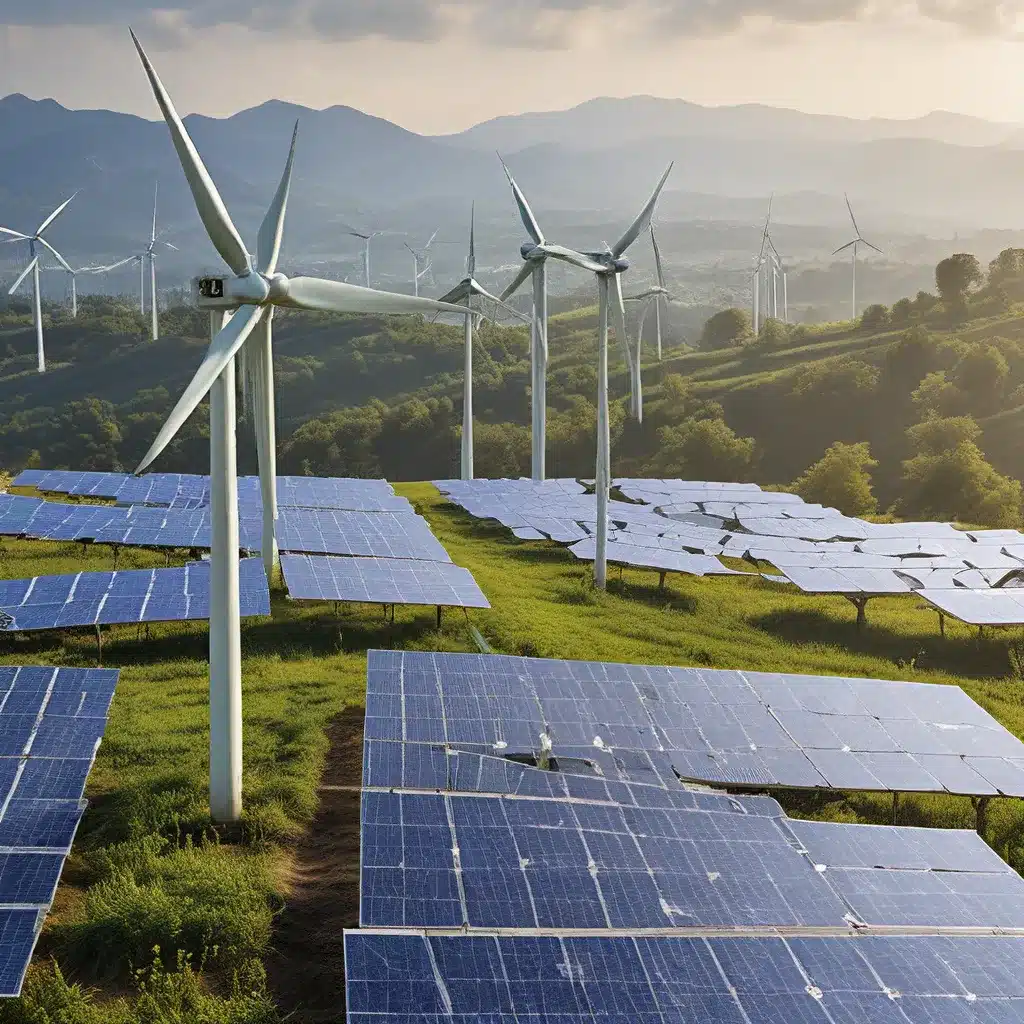
Renewable energy is the key to a sustainable future, but the path to get there is paved with challenges. As we strive to transition to clean energy, we must confront the daunting task of securing the necessary financing to make it a reality. It’s a puzzle with high stakes and no easy solutions.
Bridging the Financing Gap
The facts are sobering. According to the IMF, the Asia-Pacific region alone needs to invest at least $1.1 trillion annually to meet its climate mitigation and adaptation needs. Yet, current investment falls short by a staggering $800 billion. This massive shortfall is symptomatic of a global problem – the renewable energy sector is struggling to attract the level of investment required to drive the transition to sustainability.
Experts at the IMF have identified several key challenges that are hindering the flow of capital into renewable energy projects:
-
Gaps in Climate Information Architecture: The lack of consistent data, taxonomies, and disclosure standards makes it difficult for investors to accurately assess climate-related risks and opportunities.
-
Policy Conflicts: Competing priorities and fossil fuel subsidies in many countries create an uneven playing field, disincentivizing investment in renewable energy.
-
Global Complexities: The transnational nature of climate change and the diverse economic landscapes across regions add layers of complexity to mobilizing climate finance.
Overcoming these hurdles will require a coordinated, multi-stakeholder approach involving governments, central banks, financial supervisors, and multilateral institutions. Only by addressing these systemic issues can we unlock the investment needed to power a sustainable future.
Empowering Governments to Drive Change
Governments play a crucial role in creating the enabling environment for renewable energy investment. The IMF emphasizes that they must establish a well-defined climate strategy with strong institutional oversight and coordination to strengthen the framework on data, taxonomies, and disclosures.
Additionally, governments should phase out fossil fuel subsidies and expand carbon pricing schemes to create fiscal space for sustainable investments. This not only levels the playing field but also generates revenue that can be channeled into renewable energy initiatives.
Strengthening macroeconomic management is another essential step to attract private capital. By maintaining economic stability and implementing policies that mitigate investment risks, governments can build investor confidence and unlock much-needed funding for the renewable energy sector.
Activating the Financial Sector
Financial supervisors and central banks also have a crucial role to play in driving the renewable energy transition. According to the IMF, they should coordinate across jurisdictions to promote global interoperable disclosure standards, enhance climate risk analysis and reporting, and incorporate climate-related financial risks into prudential frameworks.
Developing climate labels for sustainable investment funds and shifting the focus of ESG scores to better capture sustainability and climate impact would also foster trust in the evaluations, encouraging more investment in renewable energy projects.
The IMF’s Role in Driving Climate Action
The International Monetary Fund (IMF) is uniquely positioned to drive climate action on a global scale. The IMF can integrate climate discussions into its surveillance activities and strengthen data and statistics, including through capacity building and peer learning, to develop common standards around climate risk measurement and analysis.
The Resilience and Sustainability Trust, a new IMF initiative, could also contribute to reducing financing gaps through its catalytic and reform supporting functions. Meanwhile, multilateral development banks could scale up grant financing and concessional lending, and where appropriate, adopt risk-mitigating mechanisms to expand lending capacity.
Ultimately, cooperation among multilateral institutions is essential to align efforts and resources, ensuring a balanced allocation between mitigation and adaptation lending.
Unlocking the Renewable Energy Potential
As I reflect on the challenges and solutions outlined, I can’t help but feel a sense of optimism. The path to a sustainable future may be arduous, but the potential rewards are immeasurable. By tackling the financing hurdles head-on, we can unlock the investment needed to power the renewable energy revolution and secure a brighter, more sustainable tomorrow for all.
It won’t be easy, and there will undoubtedly be setbacks along the way. But with a concerted, collaborative effort from governments, financial institutions, and multilateral organizations, I believe we can overcome the obstacles and unleash the full potential of renewable energy. The future may be uncertain, but one thing is clear: the time to act is now.
So, let’s roll up our sleeves and get to work. The sustainable future we envision is within our grasp – we just need to unlock the necessary financing to make it a reality.

